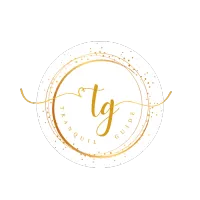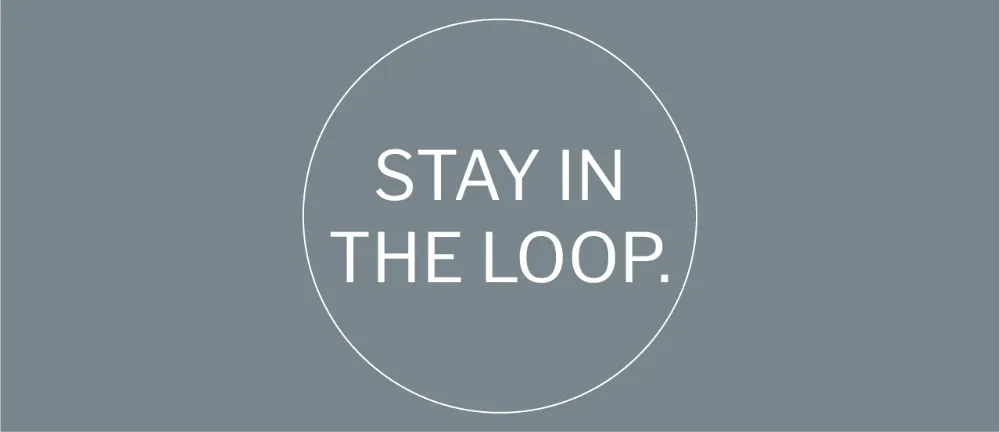Spiritual Coaching & Energy Healing for Real-Life Transformation
5⭐ International Spiritual Coach
You Were Never Broken. You’ve Just Been Living In Disconnection.

Rebuilding Your Inner Compass: How to Trust Your Intuition & Come Back Into Alignment
Introduction:
Have you ever had a moment where something just felt off, but you ignored it?
Maybe it was a decision you justified with logic.
A “yes” you gave because you didn’t want to upset anyone.
A path you followed because it looked right on paper.
Only to realise later: your body knew all along that it was wrong.
You felt the misalignment.
But you couldn’t trust it, yet.
Let’s change that.
Intuition Under Siege:
Why So Many Smart, Self-Aware People Struggle with Intuition?
If you’re emotionally intelligent and highly self-reflective, it can feel confusing when you still doubt yourself. You may second-guess decisions, seek external validation, or find it difficult to tell the difference between anxiety and instinct.
This isn’t because you’re disconnected.
It’s because you’ve learned to over rationalise everything and override your intuition.
Historically, society has often frowned upon intuition, especially in women. This skepticism is deeply rooted in generational trauma, such as the witch trials, where women were punished for their perceived inner knowing. Such events have instilled a fear of relying on and discussing intuition openly. Inner knowing has often been dismissed as madness, leading to individuals being detained and even sectioned under the mental health act.
Growing up, many of us were praised for being logical, reliable, or agreeable. Yet when we talked about being intuitive it was frowned upon. You may have internalised beliefs like:
“It’s safer to follow the rules.”
“Don’t be too dramatic.”
“You need proof before you act.”
Over time, you begin outsourcing your clarity, leaving your body’s wisdom muted beneath layers of shoulds, shame, or self-doubt. All because society praises logic and at best mocks inner knowing or at its extreme punishes it like the historical witch trails and modern interpretations of mental health.
The Science of Intuition: Your Brain-Body Connection
However, in reality intuition isn’t mystical fluff, or one of life’s evils. It’s a real, neurobiological process. The vagus nerve (a key part of your parasympathetic nervous system) connects your brain and gut, allowing you to “feel” situations before your rational brain catches up.
Studies show that the gut can process information milliseconds faster than the conscious brain, giving rise to those gut feelings we often dismiss.
But if your nervous system is dysregulated or stuck in hypervigilance, fawn mode, or low-level freeze, these signals get distorted. Instead of feeling a clear “yes” or “no,” you may feel static, fog, or panic.
To truly access your intuition, you must first create internal safety. This allows your system to stop scanning for external threats and finally tune into your own guidance.

The Spiritual Side: Intuition as a Soul-Led GPS
Spiritually speaking, your intuition is the voice of your soul. A quiet, consistent compass that’s always nudging you back into alignment. But it doesn’t shout. It whispers, so it’s our job to listen intently.
Remember it speaks through sensation, not fear. Through resonance, not logic.
When you’re disconnected from yourself, intuition gets tangled with conditioning. But when you slow down, get quiet, and reconnect with your inner landscape, the voice of your intuition becomes unmistakable, calm, grounded, and true.
You don’t need to find your intuition, because you never actually lost it.
Instead you need to remember how to recognise and respond to it.
How to Strengthen Your Intuition & Realign With Yourself
Here are some practical tools to help you reconnect with your intuitive guidance, in real life, not just during meditations:
1. Body-Led Decision-Making
Before making a choice, try this:
Get still.
Say the option out loud: “I choose to do X.”
Notice what your body does. Does it expand or contract? Warm or tense? Lean forward or pull back?
Your body responds faster than your mind.
2. Nervous System Grounding
Regulate before you decide. If you’re in a triggered state, your “yes” or “no” may be fear, not intuition. Use:
Deep belly breaths
Cold water on wrists
Touching your heart or grounding through your feet
This calms the system so you can hear yourself clearly.
3. Practice Small Self-Trust Promises
Start small. Follow your inner nudge on the little things:
What to eat
When to rest
Who to text back
Every time you honour your inner signal, you build the muscle of self-trust, which is the true foundation of intuitive living.
4. Recognise Alignment Through Energy
Alignment often feels like:
Lightness
Flow
Clear energy
Quiet confidence
Misalignment feels like:
Pressure
Drained energy
Second-guessing
Sticky confusion
Your job isn’t to force alignment. It’s to notice what it feels like and choose it more often.
Coming Back to Alignment Is a Practice, Not a Performance
Alignment isn’t perfection. It’s not a final destination.
It’s a practice of noticing when you’ve drifted, and gently guiding yourself back. Again and again.
When you rebuild that trust with your intuition, everything changes: your relationships, your decisions, your sense of peace.
You move through life not by proving or performing, but by listening, feeling, and choosing from within.
✨ Want to experience this for yourself?
→ Try the Free Confidence Audio
→ Download the Worthiness Reset Worksheet
→ Book a 1:1 Soul-Led Clarity Session to go deeper
You don’t need another opinion.
You need your own voice, loud and clear.
I hope this exploration of connecting with your intuition has inspired you on your journey towards personal growth and well-being. I'd love to hear your thoughts on this topic. Do you have any insights or personal experiences to share? Feel free to get in touch with your feedback or ideas for future blog posts. Your input is invaluable, and I look forward to engaging with you!



